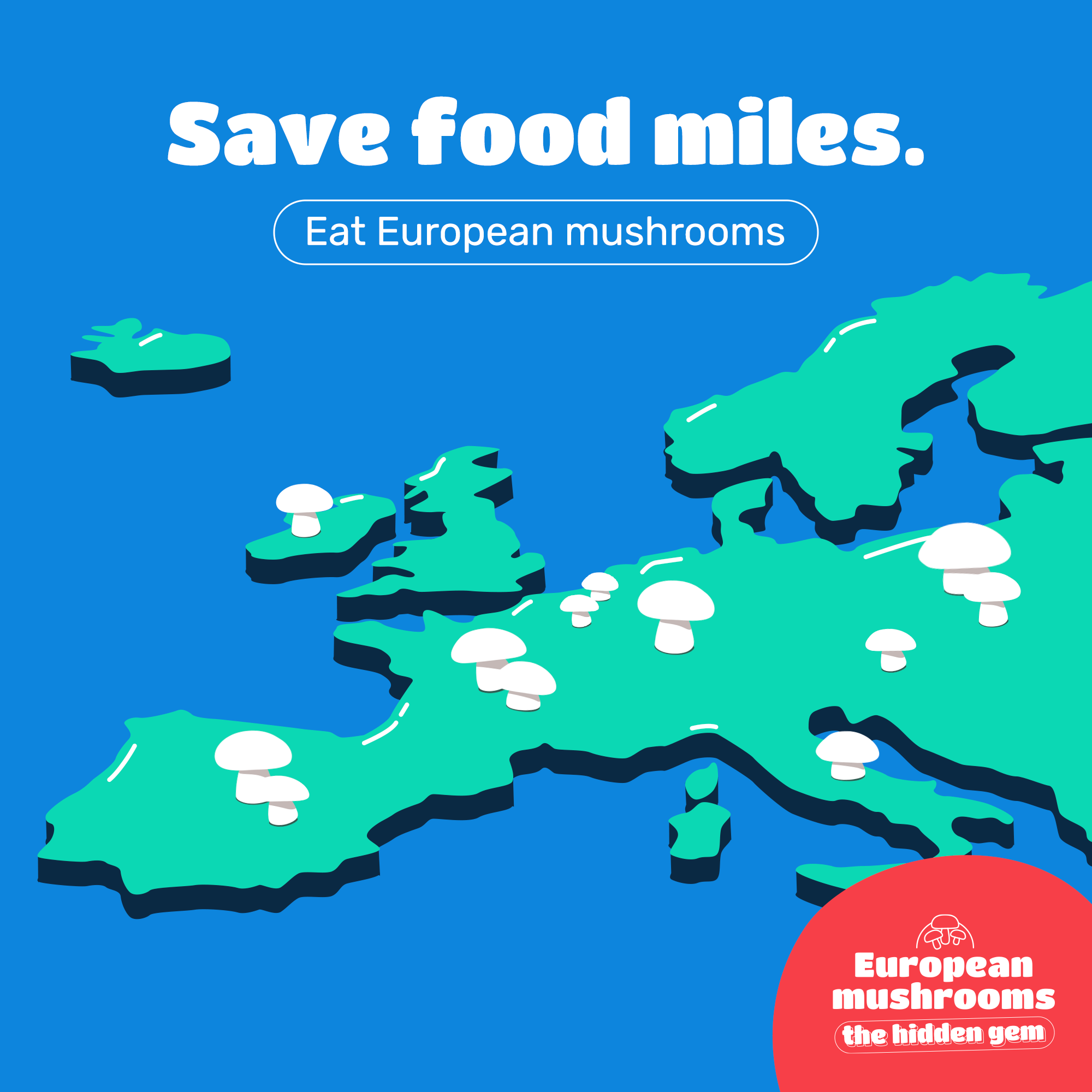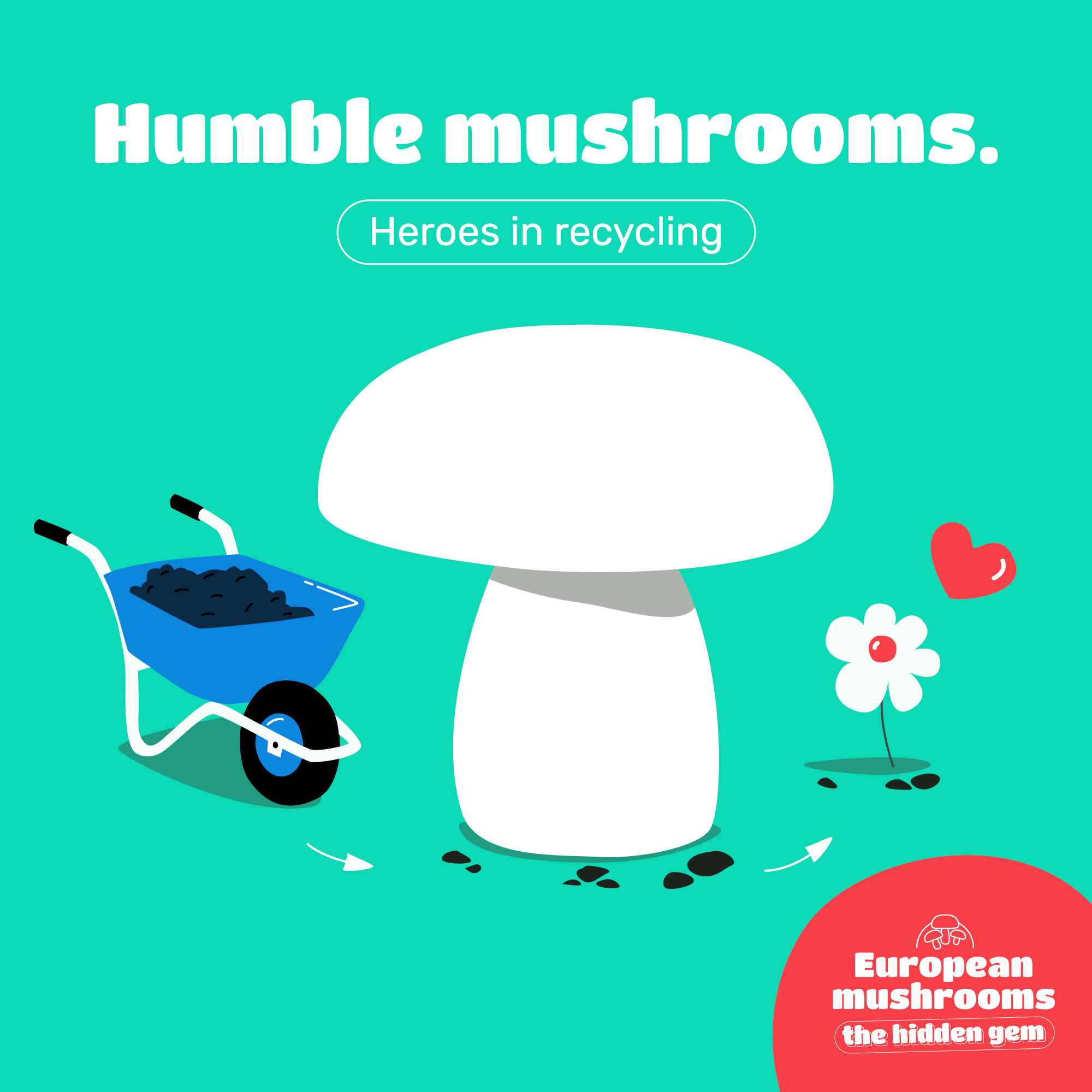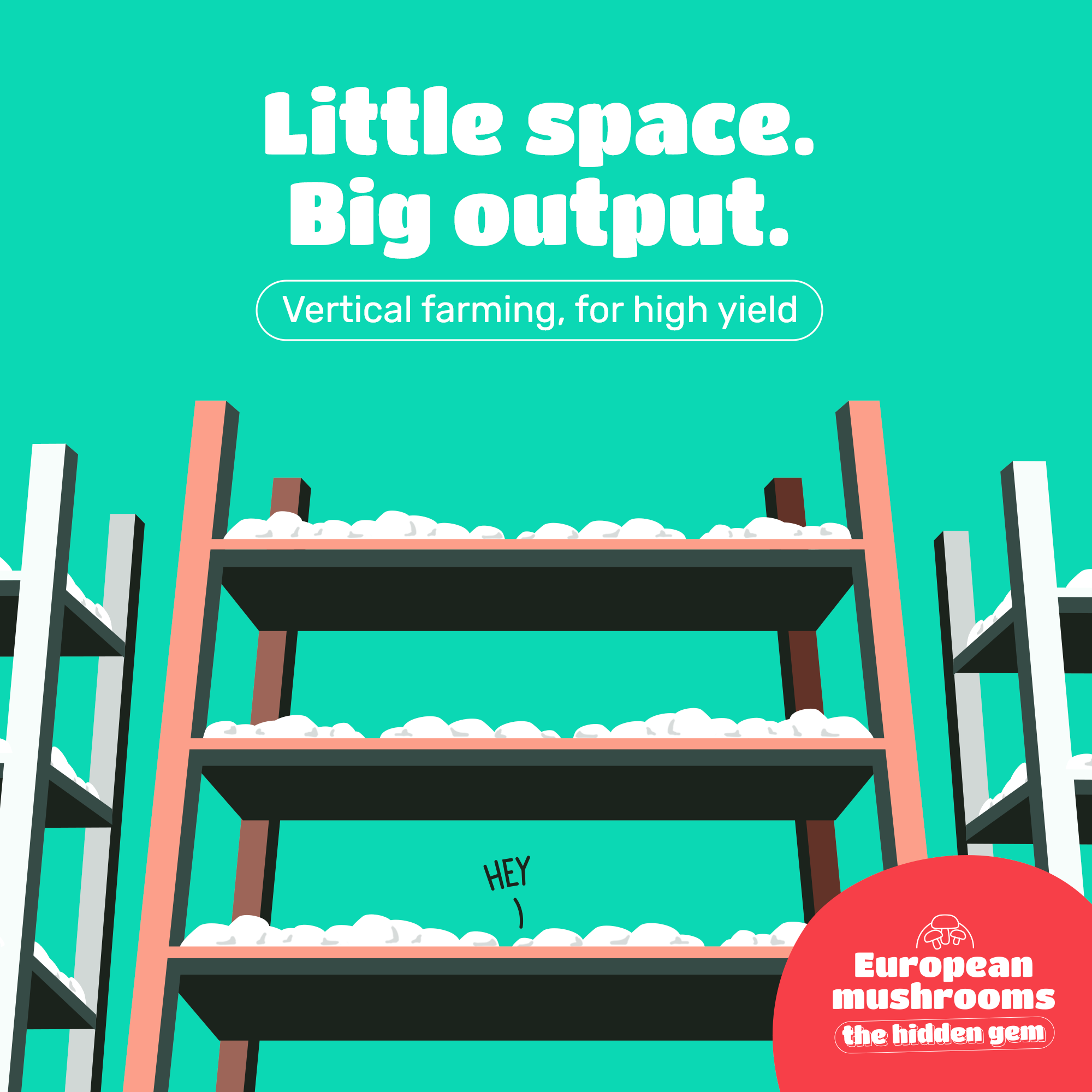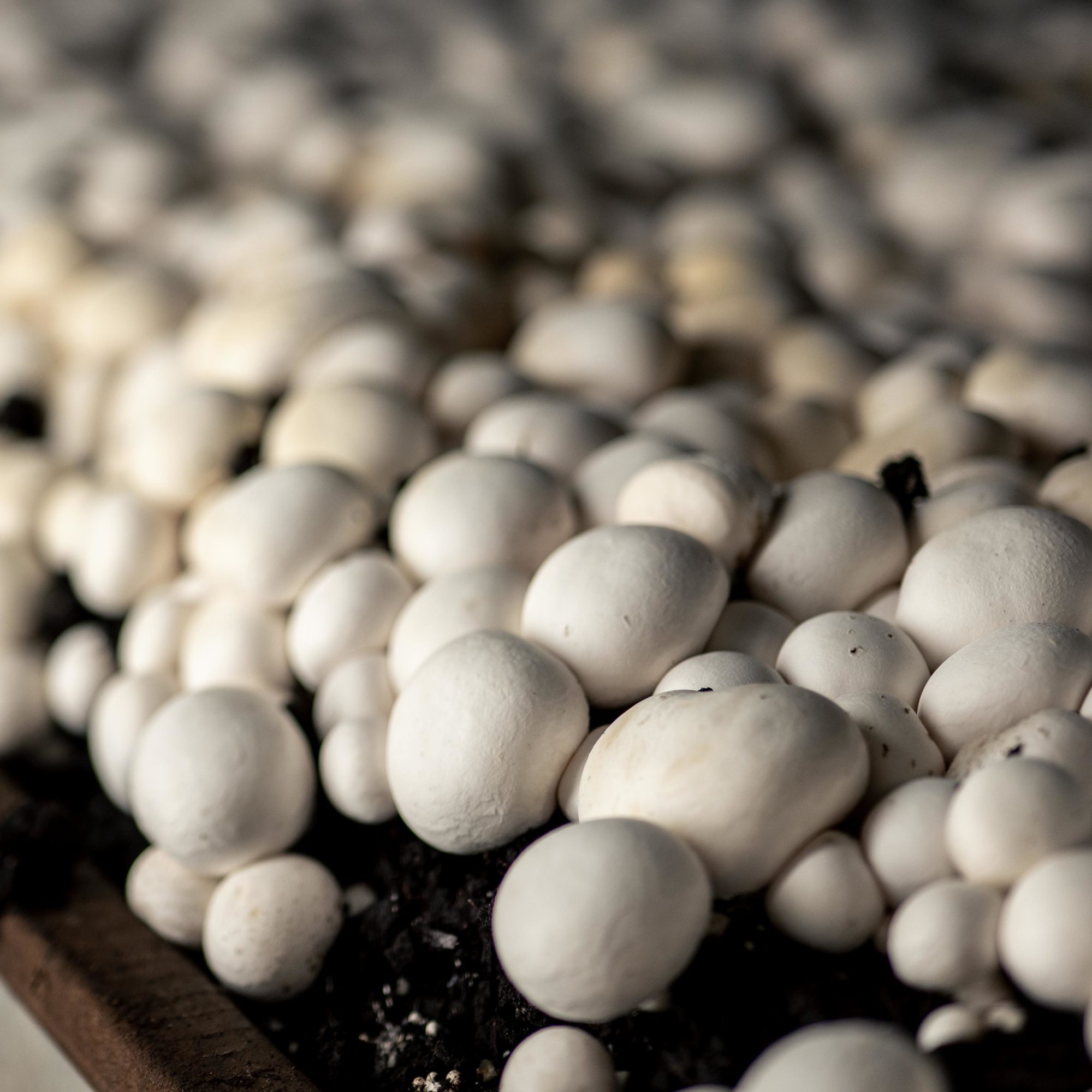Discover the world of European Cultivated Mushrooms, where sustainability takes center stage. From production methods to packaging, these mushrooms exemplify environmentally friendly practices. Ongoing studies in European countries are further improving the sector’s environmental and social impact. Explore the six key cultivation steps, the sustainability benefits, and the economic significance of this thriving industry.
The cultivation of European mushrooms involves a meticulous six-step process.
Beginning with the creation of compost using wheat straw, gypsum, and organic waste such as chicken or horse manure, this mixture ferments and is then pasteurized.
The next step involves inoculating the compost with a pure mycelium culture, the vegetative part of the mushroom.
Under carefully controlled temperature and humidity conditions, the compost is incubated, and soon the mushrooms begin to develop in successive flushes, which are harvested over a span of four weeks.

The sustainability of mushroom cultivation is evident in various aspects.
Firstly, it utilizes agricultural waste, such as straw and manure, that would otherwise be challenging to recycle. Up to 100% of this waste can be repurposed as fertilizer after harvesting. Additionally, mushroom cultivation requires significantly less water and energy (2.2 kWh of electricity per kilogram of mushrooms produced) compared to other crops.
This results in a low carbon footprint per kilogram of mushrooms produced (sources: The Mushroom Council). Moreover, the high yield potential of mushrooms allows for efficient land utilization, with an output of 25 to 30 kilograms per square meter (sources: GEPC). This sustainable industry also plays a crucial role in providing over 40,000 direct jobs across rural areas of Europe.









Mushroom production exemplifies the principles of a circular bio-economy industry. It effectively utilizes agricultural by-products to create a substrate that produces low-cost, nutritious, and sustainable food.
The used substrate can be returned to the land as a soil conditioner, offsetting the need for artificial fertilizers and contributing to carbon sequestration.
Notably, advancements in productivity and environmental enhancements have been achieved through controlled indoor production, resulting in high mushroom yields per square meter of growing area or raw material input.
Furthermore, mushrooms serve as an ideal protein source and meat replacement, with a lower carbon footprint, reduced water and land usage, and improved health benefits for consumers.
In addition, the European mushroom sector significantly contributes to rural employment opportunities, particularly in the fresh mushroom picking segment for the fresh market.
Explore the world of European Cultivated Mushrooms, where sustainability meets culinary delight, health benefits, and economic growth. Discover the diverse range of flavors and culinary possibilities while appreciating the positive impact this industry has on the environment and local communities.

